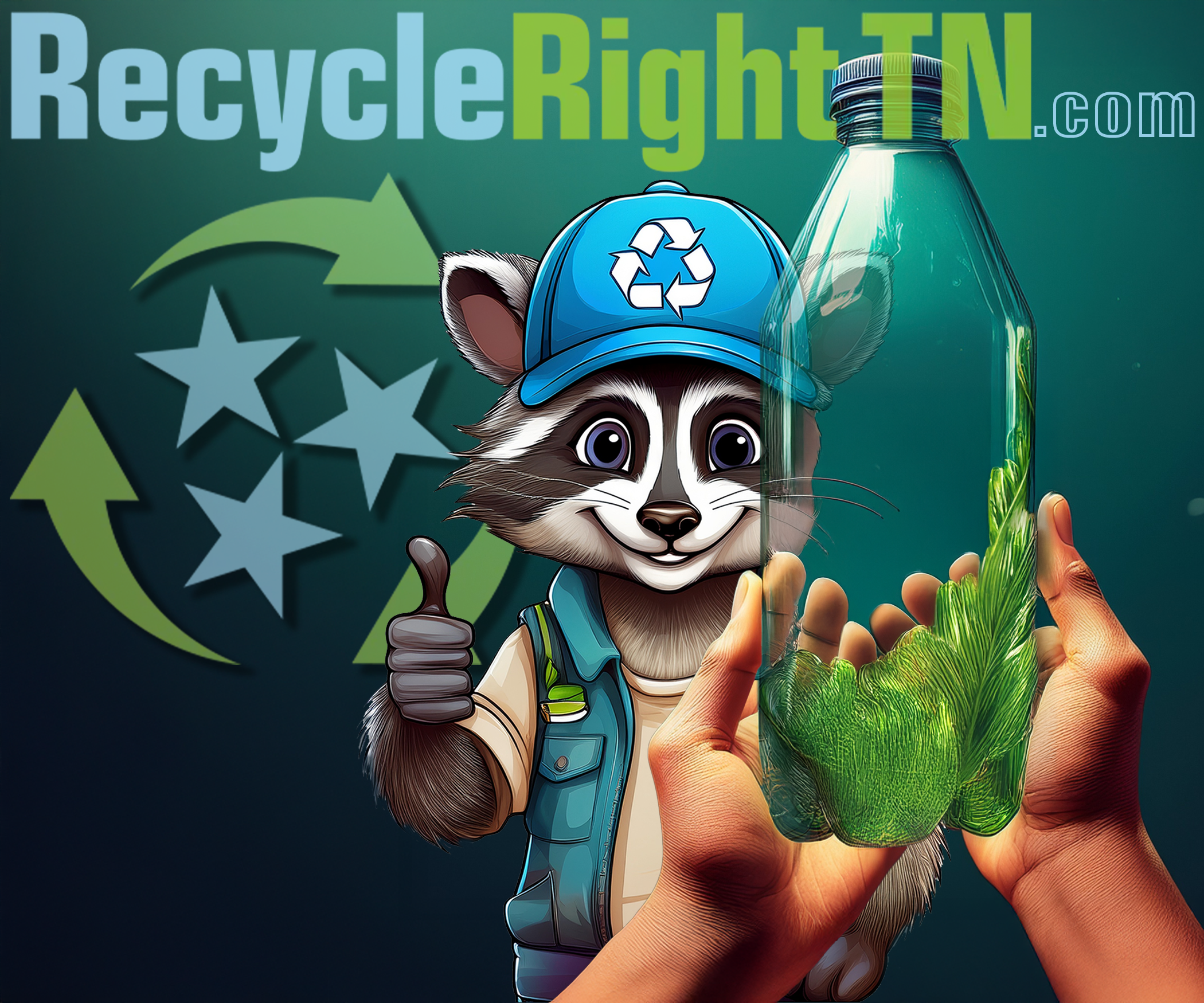In 2018 Consolidated Utility District (CUD) maintained a level of water quality throughout Rutherford County that met or exceeded state and federal regulations across 27 standards for safety.
Those standards included tests for lead, copper, and nitrates from fertilizers and septic tanks.
"All of our customers will receive a copy of our water quality report in their May billing statements," said CUD General Manager Bill Dunnill. "The report carries a chart that indicates we're completely free of any violations. We will place the report on our website too. We're an open book, and we want our customers to know everything about the quality of water in their homes and businesses."
"Thanks to the daily efforts of our employees and the work of the staff at the K. Thomas Hutchinson Water Treatment Plant, our customers have high-quality drinking water. This is essential for the quality of life in Rutherford County, and we want to make sure every home and business has the best."
The primary surface water source for Rutherford County is located at the East Fork of the Stones River at J. Percy Priest Lake. Community water systems are required to note the detection of contaminants from their source areas. However, bottled water companies are not required to comply with this rule.
The filtration process at the water treatment plant plays a vital role by removing contaminants from our water supply. Raw water is transported from the source area to the treatment plant by a set of 350-horsepower vertical turbine pumps capable of moving up to 16 million gallons of water per day. Staff at the plant collect a sample of raw water each day to measure several conditions including temperature, turbidity (cloudiness), and the level of mineral content.
After reaching the plant, the water is cleansed with a mix of chlorine, chlorine dioxide, carbon, and coagulant. The water then moves to settling basins before flowing into filters containing anthracite and sand. After filtration, chlorine and phosphate are added, and the finished water is stored in an underground tank with a capacity of 2.1 million gallons.
"It's worth noting how important chlorine is as a cleaning chemical," said Dunnill. "We've heard questions raised about this, and sometimes door hangers about water quality tests have been placed at people's homes with the intention of scaring customers. The fact is, the right amount of chlorine helps to make drinking water safe. State and federal law have required that for many years."
The state requires chlorine at a minimum of 0.2 milligrams per liter in at least 95 percent of samples taken throughout the water system.
Finished water runs through 11 tests each day to ensure quality, and a minimum of 120 samples are collected and analyzed each month to check for bacteria. The EPA and the Tennessee Department of Environment and Conservation limit the amount of certain contaminants in water provided by public water systems. CUD's water treatment processes reduce any such substances to levels well below any health concern.
"Water quality reports may be used by unscrupulous companies to sell filtration products and services by misrepresenting what the report says," said Dunnill. "They may try to enter a customer's home to mislead them with in-home tests. If you have concerns about your water, please call CUD. If you would prefer to speak with the professionals who regulate water quality in this state, please contact the Tennessee Department of Conservation in Nashville."
Copies of the 2018 water quality report will be included with May billing statements and reach mailboxes during the first full week of the month. Customers who receive e-bills will find a notice to view the report on CUD's website at www.cudrc.com.













